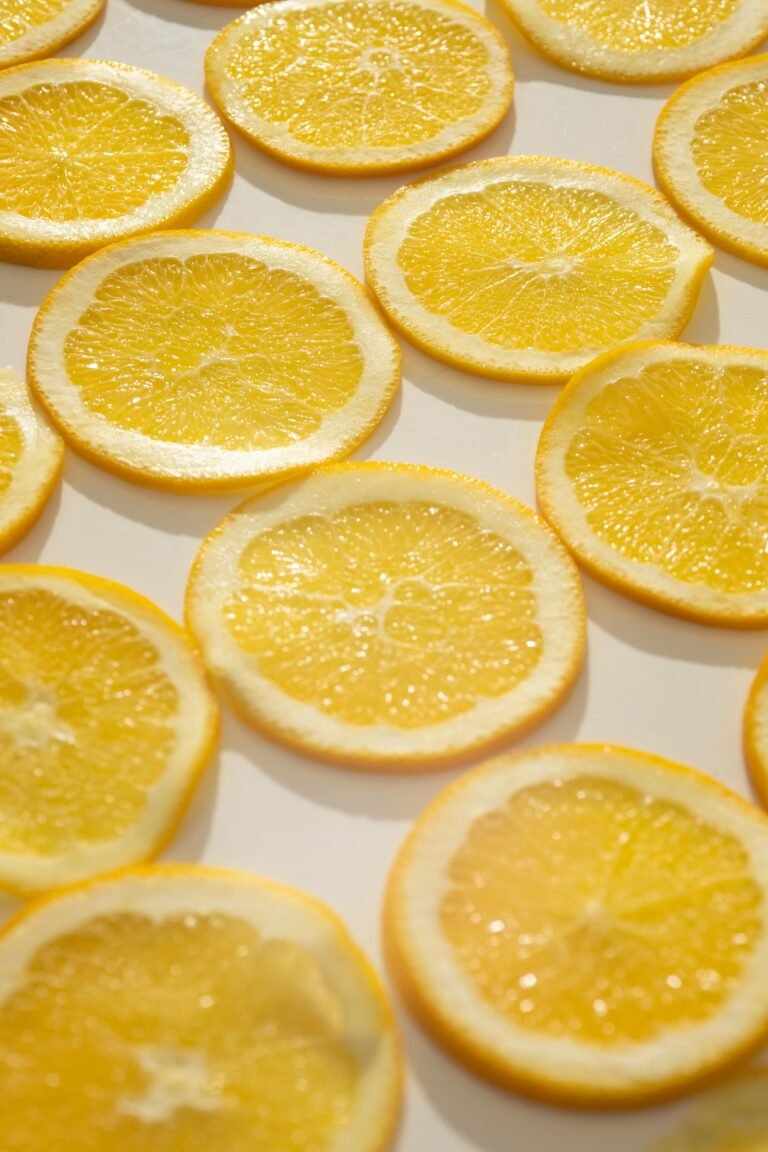The vegan fillet lands in Italy: here’s where to find it
The vegan fillet is also arriving in Italy, completely similar to a slice of meat, but one hundred percent vegetable. Its red color comes from beetroot, and when cut after cooked it “bleeds” exactly like a rare steak would do. Created by the Dutch company Vivera , the vegan fillet arrives in our country thanks to the Atlante distributor, and for now it is on the market in all Sigma stores in Emilia Romagna and in only one store in La Spezia.
It will soon be available in new supermarkets. Let’s see in more detail what this vegan fillet is.
THE VEGAN FILLET: WHAT IT IS AND HOW IT IS MADE
The vegan fillet is obtained from the processing of soy and wheat proteins from non-GMO sources. It therefore contains gluten. It is enriched with iron and vitamin B12. It provides about 17 grams of protein per 100 grams and has a taste, texture and color similar to meat, but has more fiber. The ingredients are as follows: 77% rehydrated protein (of which 68% soy and 9% wheat), natural flavors, sunflower oil, coconut oil, thickener (methylcellulose), colorings (beetroot, safflower), vegetable fibers (cane sugar, lemon, lime), sea salt, wheat starch, aromatic plants and spices, maltodextrin, potato protein, flavoring, dehydrated mushrooms powder: Champignon (Agaricus Bisporus), barley malt extract, iron, vitamin B12.
The only drawback is that among the allergens, besides soy and gluten, we find that it may contain traces of lactose and eggs. This means that it is not made in a factory that only makes vegan products. The package is 200 grams and the nutritional values per hectogram are as follows: 222 calories, 17.3 grams of protein, 12.7 grams of fat, 5 of which are saturated, 7.8 grams of carbohydrates, half of which are fiber.
VEGAN FILLET: THE OPINION OF DCOMEDIETA
I have no ethical judgment about wanting to consume animal-like products in appearance. My opinion as a bio-nutritionist is more about using industrial products instead of natural ones. The exact same concept that I explain every time also applies to those who have an omnivorous diet: a more natural diet is always the best option. Looking at the list of ingredients, some of them leave me a bit perplexed: we have added sugars in the form of maltodextrins, flavors (twice, the second wording “flavorings” makes me think they are artificial), two different types of oils, starch , cellulose as a thickener. Finally, iron and vitamin B12 may not be of natural origin, in the sense that there is no indication. I would say that the vegan fillet can be a whim, but that we can use nutritional yeast, legumes,


























+ There are no comments
Add yours